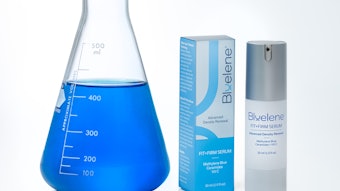The $2.3 billion (in 2011) U.S. anti-aging skin care market has experienced substantial growth in the past five years, as women continue to clamor for the next advancement to stave off the signs of aging. While the desire to find the fountain of youth is a global concern, recent research from Mintel has found American women lead the way in anti-aging facial skin care usage when compared to their counterparts in Germany, France and the U.K., while the West (U.S., U.K., France) launched the most anti-aging skin care products between 2009 and 2011 in comparison to Japan and China. Of U.S. women, 37% have used anti-aging creams and serums for the face, compared to 23% of U.K. women, 24% of the female population in France, 25% of women in Germany and 26% of women in Spain.
But it’s not all creams and serums in the anti-aging fight—devices could become the weapon of choice in the battle against fine lines and wrinkles. While usage is modest (just 4% of U.S. women have used an anti-aging device), 35% of American women report that while they haven’t used an at-home anti-aging device, they would be open to trying one. Furthermore, women seem more interested in at-home treatments than visiting a professional. Forty percent of U.S. women have used or would be interested in using an at-home treatment, compared to 32% who have visited/would visit a professional for noninvasive anti-aging treatments.
“Technology is ingrained in our everyday lives, from smartphones to constant connection through social networks,” says Amy Ziegler, global personal care analyst with Mintel. “Embracing technology in our beauty regimen seems like the next logical step.”
Meanwhile, product launch activity seems to be the greatest in the West. According to Mintel’s Global New Products Database, 46% of total skin care product launches in the U.K. carried an anti-aging claim from 2009 to 2011. France and the U.S. were only slightly higher, with 47% of skin care launches from those countries touting the anti-aging claim. China and Japan followed with much lower numbers—27% and 19%, respectively.










